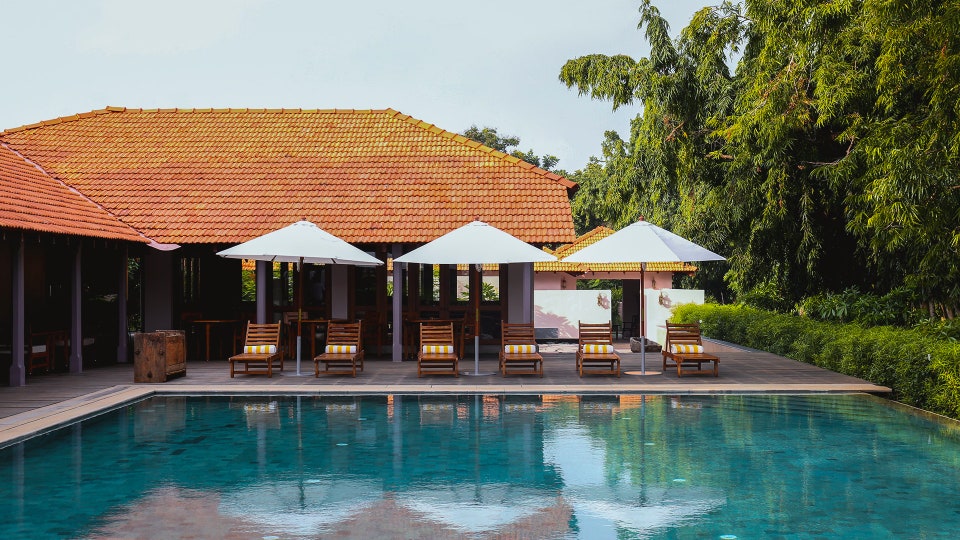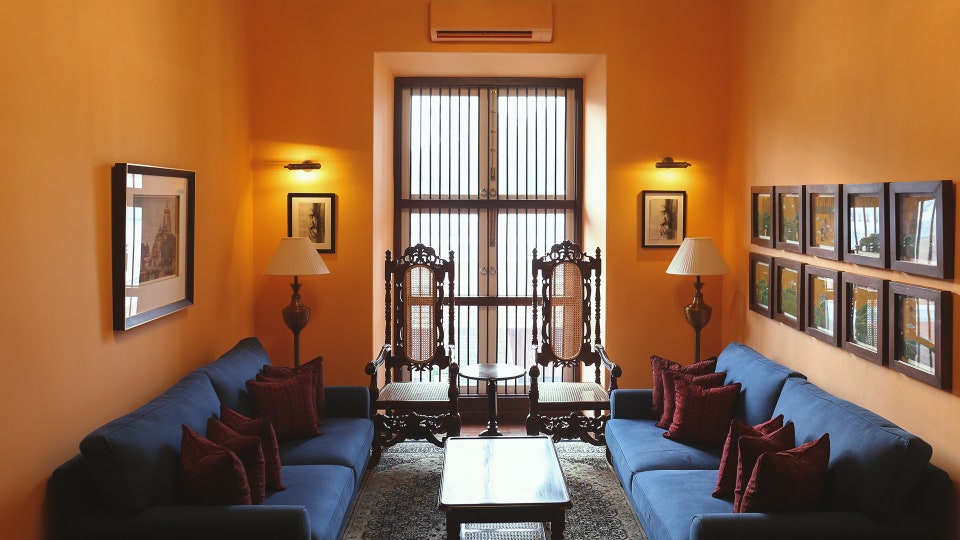Rising calmly on the misty banks of Chilika Lake, Asia’s largest brackish water lagoon, Rambha Palace stands as more than just a site of heritage. It is a living memory of Odisha’s colonial past, royal grandeur, and political awakening. With the tranquil waters lapping at its edge and migratory birds soaring overhead, this 200-year-old palace draws history lovers, wanderers as well as tourists alike into a world where time pauses, just for a moment.
Constructed in 1792 by British administrator Thomas Snodgrass during his tenure as the Collector of Ganjam, Rambha Palace took birth as a bold symbol of British presence in the region. Yet its origin was mired in controversy, Snodgrass was dismissed for using government funds for building this palace. Conceived by traditional European engineers and designed by the local Odia artisans, the foundation of the palace itself is a tale of inter-cultural cooperation. In the course of centuries, the palace went from colonial management to royal ownership, seeking new significance in the hands of the Khallikote royal family, who reshaped it into a livid hub of cultural and political debate.

Even in a land full of serenity, Rambha Palace speaks through its magnificent architecture which is a rich blend of European elegance and Odia craftsmanship. Roman arched windows and Doric columns lend it the bearing of a European manor, while terracotta installations, intricate floral motifs, and Dhokra tribal metalwork anchor it deeply in the artistic traditions of Odisha. The French-themed yards, graced with Ashoka trees and local flora like mango and pink siris, offer an aromatic and visual treat to the eyes, reflecting a thoughtfully curated mix of colonial symmetry and indigenous soul.
Come in, and you shall be able to witness the terrazzo floors, pure since the 18th century, still whispering the footsteps of visionaries and leaders who once trod these corridors. The central piano room that was the durbar hall, even today, holds within it faint echoes of royal assemblies, with its wooden balcony evoking images of courtiers looking down on grand occasions. The Venetian lime-plastered walls, created by Sundarbans artisans, glimmer softly in the light pouring in through the resplendent windows. Rejuvenated 18th-century furniture occupies pride of place in rooms that earlier had the honor of hosting lights such as Mahatma Gandhi, Jawaharlal Nehru, and Lord Curzon.

Rambha Palace was also a nursery for political ambitions. It was the venue of the first Utkal Conference of the early 20th century—a turning point in the struggle for the provincial autonomy of Odisha. There is a Konark Chakra, decorated in the palace, reminds us of this milestone in the state’s way towards autonomy.
Now, it is not just an historic artifact but a strong symbol of resilience and royalty. It binds together centuries of evolution, challenging visitors to walk through the fine line between colonial heritage and pride, between decaying ruins and living heritage. With every arch and echo, with every lovingly restored wall and the voice of the past, the palace endures—not as a monument but as the lively pulse of Odisha’s saga of culture.

